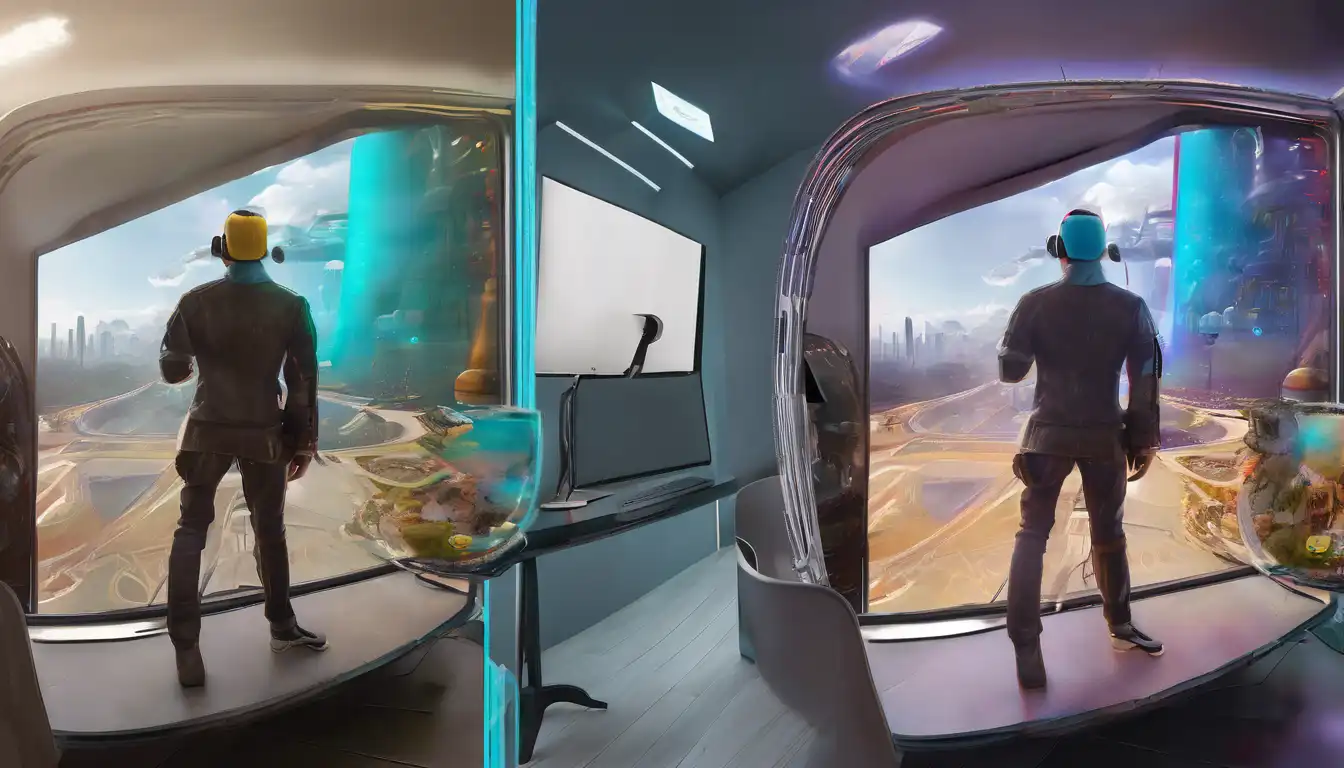Understanding Virtual Reality and Augmented Reality
In the realm of immersive technology, Virtual Reality (VR) and Augmented Reality (AR) stand out as two of the most innovative and discussed technologies. While they share some similarities, their differences are significant and worth exploring. This article delves into the key distinctions between VR and AR, helping you understand which technology might be best suited for your needs.
What is Virtual Reality?
Virtual Reality is a fully immersive experience that transports users into a completely virtual environment. Through the use of VR headsets like the Oculus Rift or HTC Vive, users can interact with 3D worlds that are entirely generated by computers. This technology is widely used in gaming, training simulations, and virtual tours.
What is Augmented Reality?
Augmented Reality, on the other hand, overlays digital information onto the real world. Unlike VR, AR does not create a fully immersive environment but enhances the real world with digital details. Popular examples include Pokemon Go and Snapchat filters, which blend digital elements with the user's actual surroundings.
Key Differences Between VR and AR
Understanding the differences between VR and AR is crucial for businesses and consumers alike. Here are some of the main distinctions:
- Immersion Level: VR offers a completely immersive experience, while AR enhances the real world with digital overlays.
- Hardware Requirements: VR typically requires a headset and sometimes additional equipment, whereas AR can often be experienced through smartphones or tablets.
- Use Cases: VR is ideal for gaming, training, and simulations, while AR is more suited for retail, navigation, and interactive marketing.
Choosing Between VR and AR
Deciding whether to use VR or AR depends on your specific needs. If you're looking for a fully immersive experience, VR is the way to go. However, if you want to enhance real-world interactions with digital information, AR might be more appropriate. Both technologies offer unique benefits and are transforming industries in their own ways.
Future of VR and AR
The future of VR and AR is incredibly promising, with advancements in technology making these experiences more accessible and realistic. From education to healthcare, the potential applications are vast. As these technologies continue to evolve, we can expect to see even more innovative uses and integrations into our daily lives.
For more insights into immersive technologies, check out our tech trends section.
